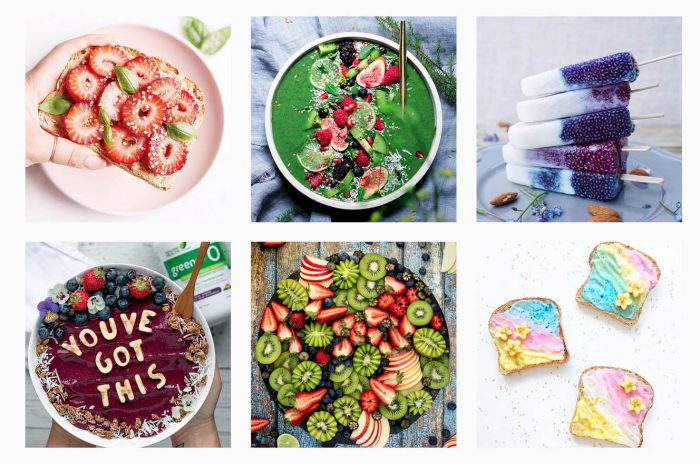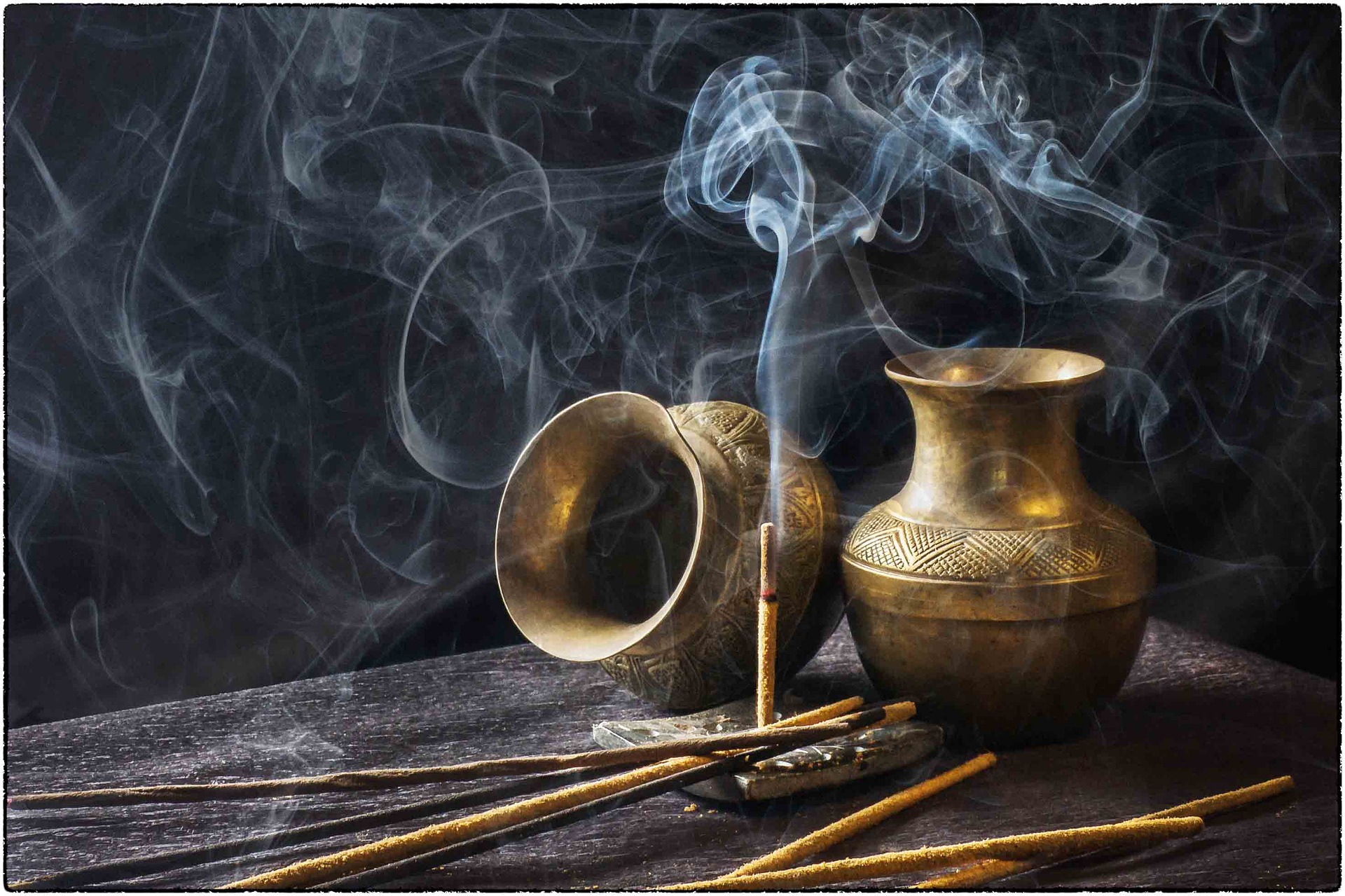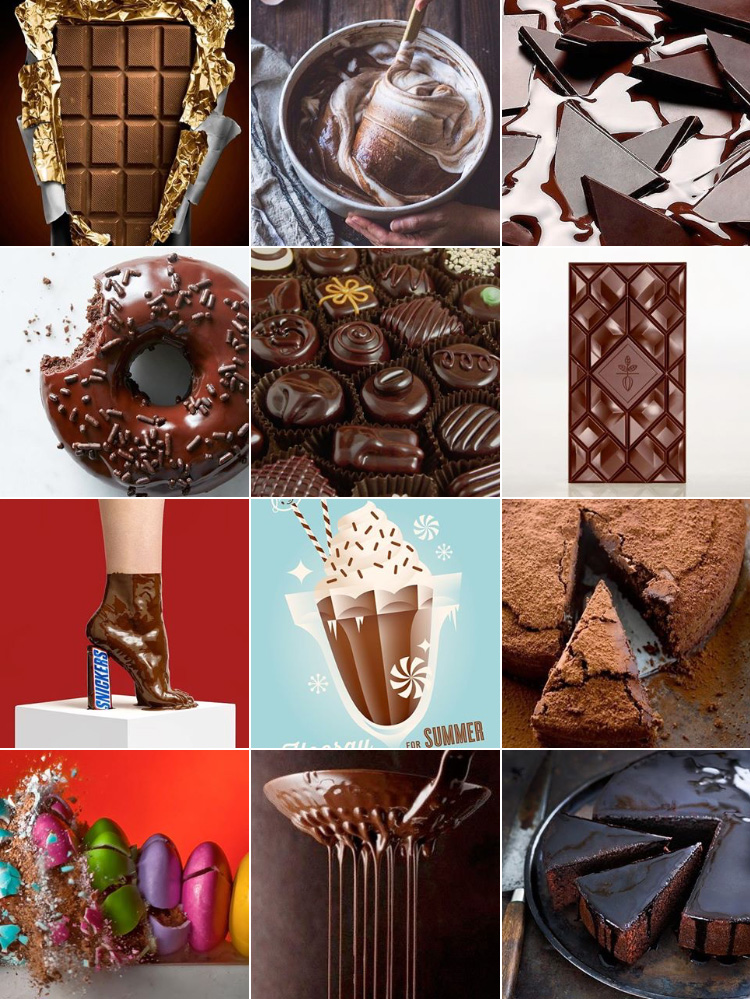Everything Vegan Food Brands Need to Know about Vegan Food Styling
To ring in 2019, celebrity super couple Beyonce and Jay-Z publicly challenged their massive fanbase to adopt a vegan diet. Though their statement may have caught a few gossip columnists off guard, Mr. and Mrs. Carter are only the latest to join the growing ranks of the dietary movement. From Al Gore to Ariana Grande, a slew of public figures have recently endorsed and embraced veganism. If it seems as though your favorite restaurants or grocery stores are offering more and more veggie-heavy options, it’s not just your imagination.
Celebrities aren’t the only ones attracted to the lifestyle. In the US alone, the number of individuals that self-identify as vegan has increased by 600% in the past three years. Young people are flocking to chickpeas, soy substitutes, and cauliflower now more than ever. In fact, statistics show that over 60% of vegans are under 35 years old. But what about it draws younger demographics in? Vegan food styling, photography, and aesthetics may shed some light on the growing phenomenon.

Over the past decade, there’s been an explosion of vegan food content. Every company and publication has their own aesthetic angle, but what common strategies do vegan food photographers and stylists share?
The Vegan Dilemma
For years – especially among Baby Boomers and Generation Y – veganism has been the butt of seemingly every joke. Even today, there’s still a lot of negative connotations surrounding the movement. Can a person really get all of the protein that they need from vegetables and nuts? When you’ve spent a lifetime eating meat, is it really possible to give up hot dogs and hamburgers cold turkey? Can “nice” cream ever truly be as good as the real deal? While many people have gradually begun to cut or alter their meat consumption habits for a slew of reasons, these questions are major roadblocks standing in the way of people taking the dive into full-blown veganism.
This leaves vendors in a bit of predicament. For those in the food industry, it’s clear to see that the demand for vegan products has exploded and shows no signs of slowing down. Small businesses and large corporations alike want to capitalize on the growing vegan market. However, even the most vegetarian-heavy populations boast a relatively small number of vegans. For context, only 3% of Americans identify as vegan. And, while that leaves US vegan food vendors with a base market of about 7.5 million people, to truly succeed, businesses need to try to woo the other 97%.
So, how exactly do you make a meal without dairy, eggs, and meat appealing to the average omnivore? The secret often lies in presentation.
Hopping on the Health Hype
One of the most valuable tools in a vegan’s arsenal is the supposed health benefits the diet has to offer. The majority of us grew up with parents urging another bite of broccoli or sneaking apples and oranges into bagged lunches. So, it’s not a far stretch to assume that plant-based diets are inherently “cleaner” and “healthier” than others. Never mind the fact that one could technically subside on nothing but Oreos and still avoid animal byproducts.
Organic Ingredients, Organic Details
Vegan food stylists play up their public perception as much as possible to increasingly health-conscious consumers. The more a seller can convince buyers that their product went through as little processing as humanly possible, the better the chances it will have of flying off of shelves.
As a result, advertisements, labels, and beyond pedal pictures that imply bounty and all-natural sources. You will be hard pressed to find vegan food styling that’s not brightly lit, complete with diffused sunshine. “Pure” whites and creams generally dominate over muddled darks. These choices in lighting and tonality subconsciously back up the notion that vegan is a clean culinary option for both health and wellbeing.
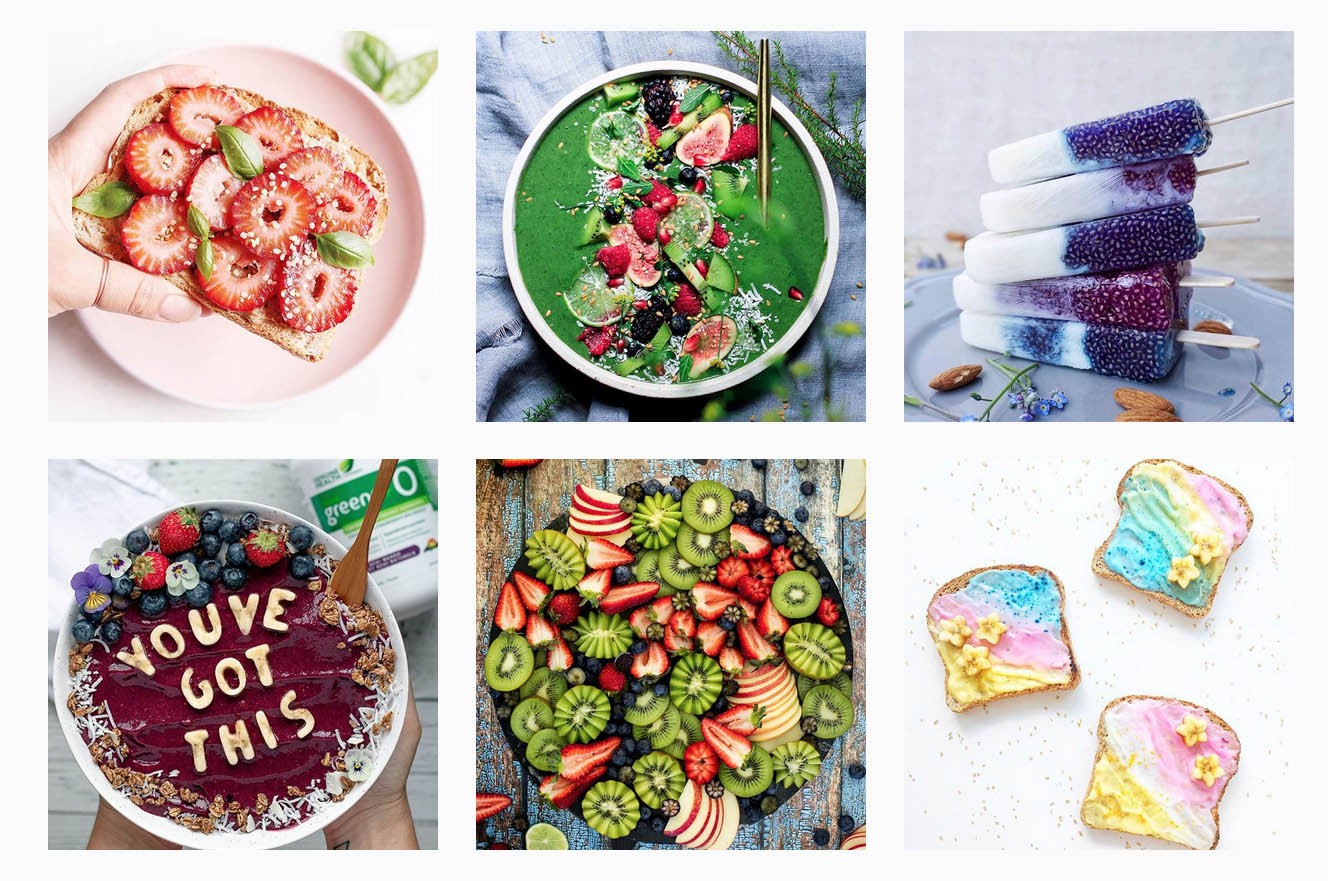
A Hand Behind the Scenes
Even props and plating play into the organic, all-natural narrative. Borderline sloppy shapes and lines imply that a human hand – or better yet, Mother Nature herself – turns the screws behind the operation rather than a mechanized conveyor belt. In addition, vegan food styling is much more likely to feature handmade ceramics and mason jars than it is eco-unfriendly plastic plates and cutlery. The presence of these crafted artisan objects again implies that the featured food is farm-fresh. If the accessories are prepared with loving, careful hands, it’s likely that its contents are as well.
That being said, health isn’t the only factor that goes into a purchase. Over the past several years, millennials (vegan and otherwise) have grown to embrace foodie culture. Being nutritionally balanced is no longer enough. Now, it also needs to deliver a unique, flavorful experience.
Taking a Stand Against Boring and Bland
As appealing as the health benefits of a vegan lifestyle are, many people avoid taking the plunge. Primarily, there’s an overarching fear that they’ll be missing out on some of the fundamental joys of eating should they cut out meat and dairy. Indeed, the idea of a life filled with mushy carrots and limp green beans is a depressing one. But veganism doesn’t have to be that, and it’s up to the vegan food stylist to convince audiences. The easiest way of combatting that notion is to show just how fun and diverse the diet can be.
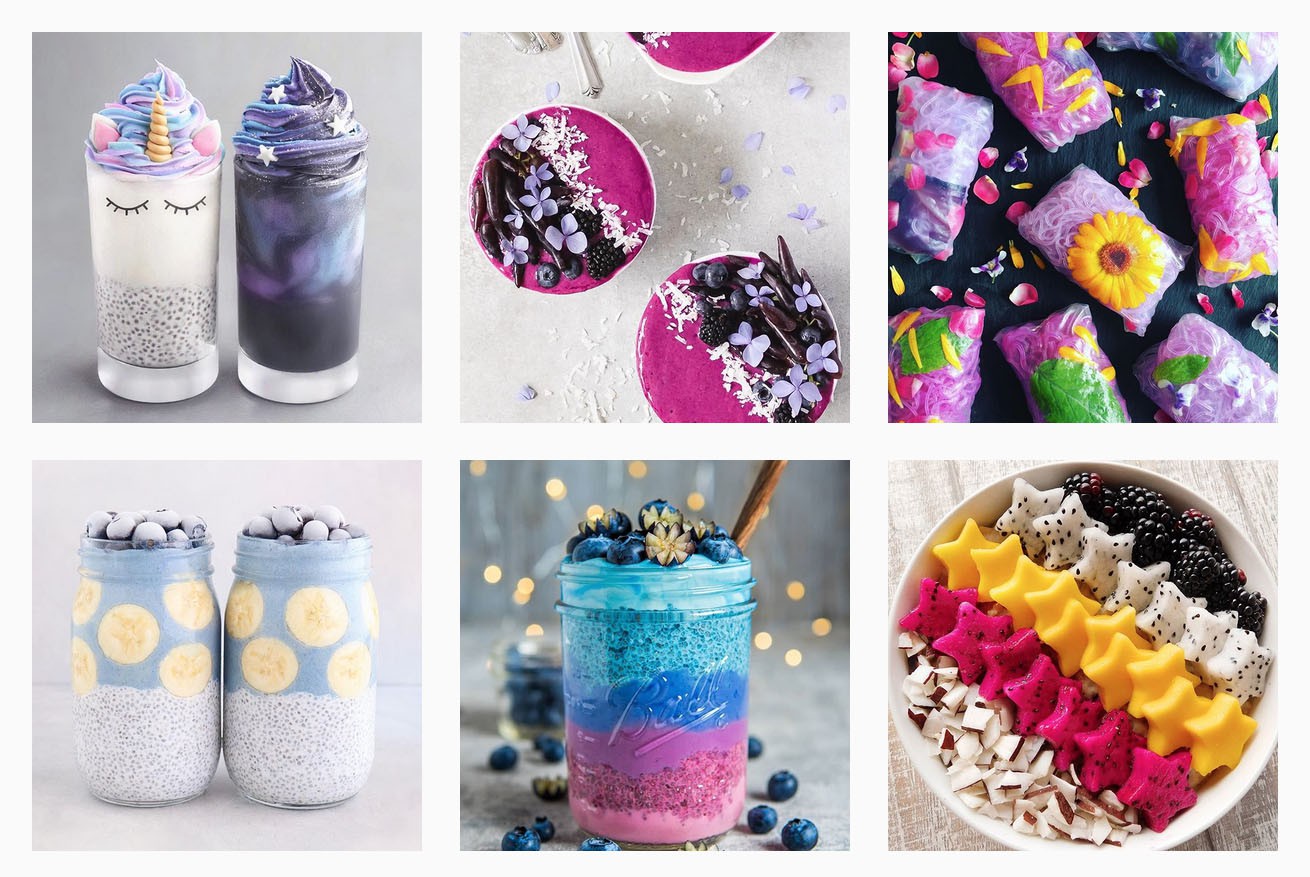
Tasting the Rainbow
It goes without saying that one of the most immediate ways to draw in a crowd.
Vibrant red onions and lettuces in every shade of green demand attention on their own without much outside assistance. Placed on a backdrop of a contrasting color, they become absolutely magnetic. The rainbow of hues present in garden variety fruits and veggies lend themselves perfectly to the cutesy unicorn trends younger consumers flock to. But there’s more to the stylist’s colorful creative decisions aside from passing trends or coincidence. Psychological research confirms that when tasting isn’t an option, color has the most impact on our perceptions of flavor.
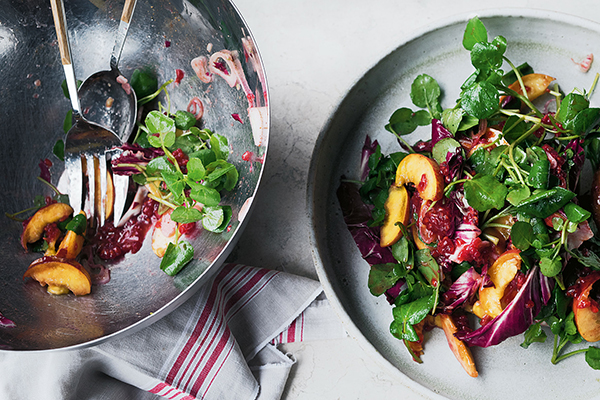
Calculated Mess, Unconventional Compositions, and Tempting Textures
Color isn’t the only tool food photographers use to get a picture to pop.
More often than not, textures are exaggerated. A potato still sporting dirt and a few tendrils of roots not only reminds us of its origins, it also provides a little something extra for our eyes to explore. In addition, many stylists opt for bold compositions that stray away from traditional food set ups. Rather than keeping every component centered, individual pieces are frequently scattered about, inviting the eye to dart around a spread. Sometimes, a stray hand may even find its way into the frame – a photographic means of breaking the fourth wall and “breaking the rules” set by predecessors.
Some productions will even commission food carvings to bring a bit of unexpected flair to the scene.
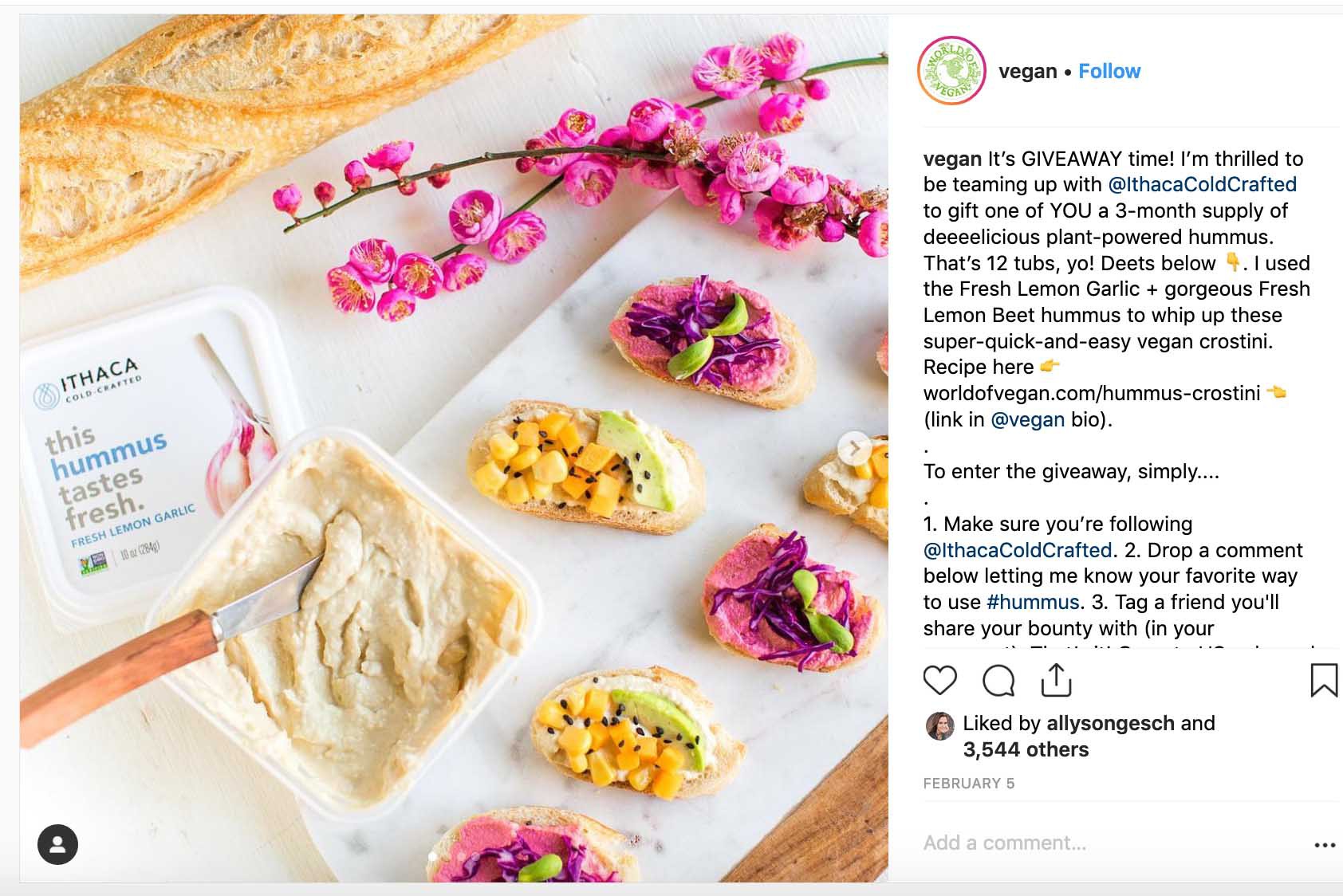
Show it off!
To drive their points home, many vegan food stylists go the extra mile to illustrate exactly what their dishes or products contain. Maybe this manifests in the form of displaying a beverage in a clear glass rather than a decorative mug. Perhaps rather than using a traditional sandwich, a stylist will opt for an open faced toast. That way, the creamy avocado, roasted sweet potato, and a mountain of red cabbage can be seen in all of their delicious glory.
No two food creatives go about the same assignment the same way. However, these visual patterns are prominent throughout vegan food photography. By utilizing the basic elements of art and molding them to convey certain narratives and ideals, it’s no wonder that the movement has taken a hold over so many individuals in such a short amount of time.
Shifting Trends, Shifting Priorities
The final selling point that veganism leans on is its progressive nature. For the past several years, it’s been promoted as a more sustainable means of consumption that simultaneously combats the treatment of animals confined to factory farms. With increasing means to get messages out, young people are becoming more invested in social issues such as environmental upkeep. Thus, this makes the lifestyle all the more attractive to impressionable audiences yearning to make the world a better place.
Sure, that message is hard to encapsulate into a single still image. But veganism successfully promotes itself as a forward-thinking choice subconsciously by actively utilizing imagery that shatters the creative traditions of the past. This strategy has been so effective with younger demographics that those outside of the vegan bubble have followed suit. Food outlets of all sorts eager to promote themselves as innovative have more or less adopted the aesthetics so heavily utilized in vegan food styling.
Has the vegan movement triggered a revolution in food photography as a whole? Perhaps. Will it dictate the approach to vegan food styling for years to come? Not so much. The movement is progressive nature, and the images driving it are bound to evolve and revamp with time.
However, one thing is for sure; the creative minds behind the scenes have laid down all of the ground work to keep us hungry for more.




